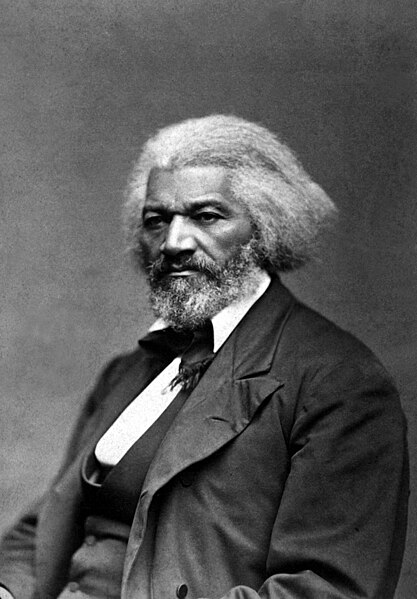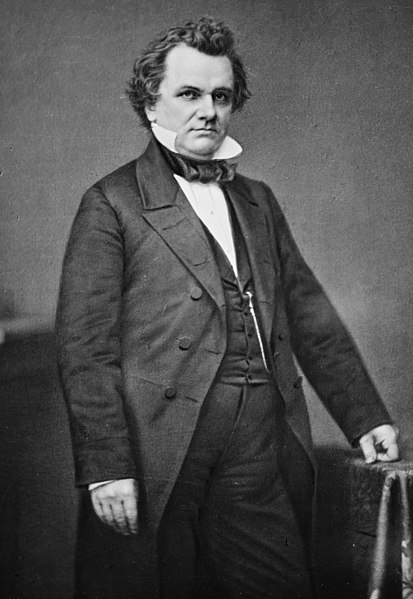Sherman's March to the Sea
Sherman's March to the Sea was a military campaign of the American Civil War conducted through Georgia from November 15 until December 21, 1864, by William Tecumseh Sherman, major general of the Union Army. The campaign began on November 15 with Sherman's troops leaving Atlanta, recently taken by Union forces, and ended with the capture of the port of Savannah on December 21. His forces followed a "scorched earth" policy, destroying military targets as well as industry, infrastructure, and civilian property, disrupting the Confederacy's economy and transportation networks. The operation debilitated the Confederacy and helped lead to its eventual surrender. Sherman's decision to operate deep within enemy territory without supply lines was unusual for its time, and the campaign is regarded by some historians as an early example of modern warfare or total war.
Sherman's March to the Sea, Alexander Hay Ritchie
William T. Sherman and several Generals who took part in the march. Standing, left to right: Oliver Otis Howard, William Babcock Hazen, Jefferson Columbus Davis, Joseph Anthony Mower. Seated, left to right: John Alexander Logan, William Tecumseh Sherman, Henry Warner Slocum.
Sherman's advance: Tennessee, Georgia, and Carolinas (1863–65)
Sherman's men destroying a railroad in Atlanta
The American Civil War was a civil war in the United States between the Union and the Confederacy, which had been formed by states that had seceded from the Union.
Frederick Douglass, a former slave, was a leading abolitionist
Sen. Stephen A. Douglas, author of the Kansas–Nebraska Act of 1854
Sen. John J. Crittenden, of the 1860 Crittenden Compromise
Ambrotype of two unidentified young boys, one in blue Union cap, one in gray Confederate cap (Liljenquist collection, Library of Congress)








